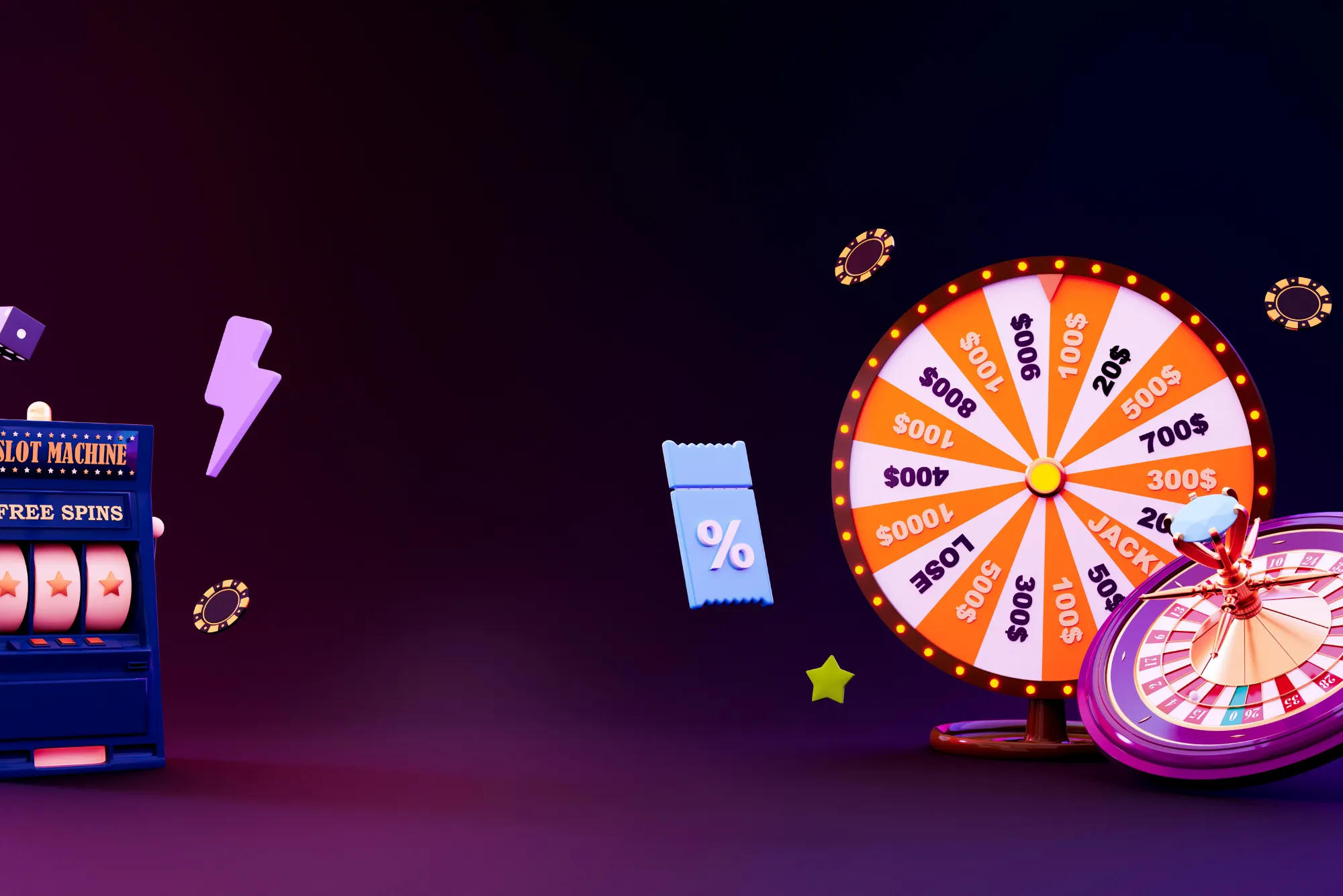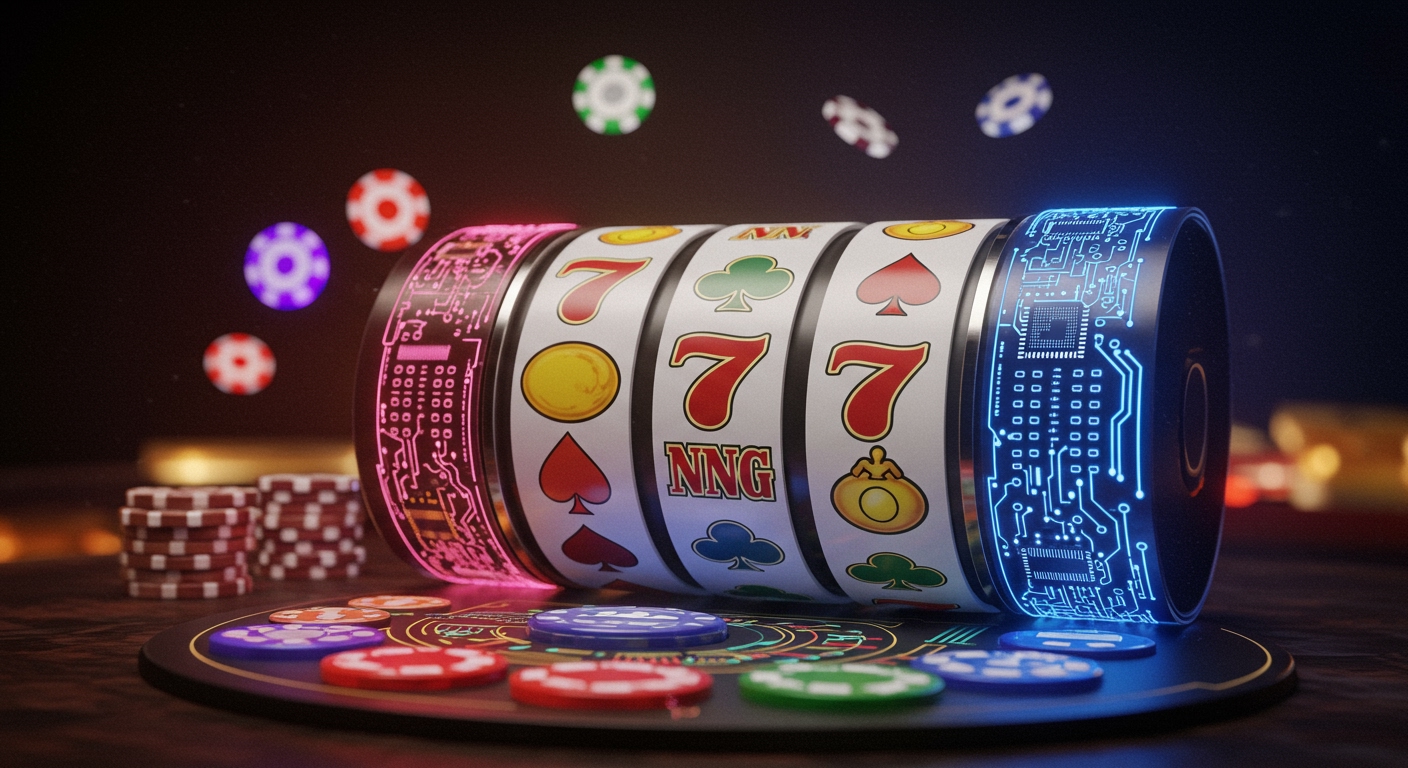Slot enthusiasts and casual players alike are often mesmerized by those ever-rising numbers flashing atop progressive jackpot slots. What magic stokes that seemingly endless climb? As someone who’s spent countless hours both researching game mechanics and testing wagers on various platforms—including many non GamStop casinos—I’ve learned that the “mystery” behind progressive jackpots is really a blend of transparent maths, network effects, and clever incentive design. In this deep dive, we’ll unpack exactly how these jackpots accumulate value, explore the differences between standalone and networked systems, and share real-world examples to bring the theory to life.
The Basic Mechanics of Progressive Jackpots
At its core, a progressive jackpot grows every time a bet is placed on the game. A small slice of each wager—typically between 1% and 5%—is diverted into a dedicated jackpot pool rather than the main game’s bank. Over hours, days, or even months, these contributions accumulate until one fortunate player lands the winning combination that triggers the jackpot payout.
For example, imagine a slot machine where 3% of each £1 spin goes to the jackpot. If the machine averages 10,000 spins per day, that’s £300 added daily. After just one week, the jackpot balloons by over £2,000 without any single player “noticing” those tiny deductions.
How Networked and Standalone Jackpots Differ
Standalone progressives reside on a single machine or within one casino. While their growth rate depends solely on local play volume, networked progressives link dozens—or even thousands—of machines across multiple venues or online sites. That network effect is what often catapults jackpots into the seven- or eight-figure range.
In a networked system, the same 3% deduction applies, but it’s pooled from spins happening everywhere the game is offered. Whether someone in London is spinning on a physical cabinet or a player in Malta is wagering online, their contributions feed into the same mega-pot.
Pooling contributions so broadly ensures that the jackpot climbs faster and more dramatically—making networked progressives particularly alluring on non GamStop casinos and licensed offshore platforms that cater to international audiences.
The Role of House Edge and Contribution Rates
While you might think more player money means a bigger jackpot, the house edge and contribution rate act as counterbalances. Operators must balance enticing jackpot growth with ensuring the game remains profitable overall.
House Edge: The long-term return-to-player (RTP) percentage determines how much, on average, is returned to players. A 96% RTP slot returns £96 for every £100 wagered.
Contribution Rate: The percentage of each bet allocated to the jackpot. Higher rates make for faster-growing jackpots but can slightly reduce the base game’s RTP.
Developers and casinos carefully calibrate these figures so that the jackpot is both attractive and sustainable. Too high a contribution rate might deter players, while too low stretches the waiting period, reducing excitement.
Tipping Points: When Jackpots Reset or Cap Out
Most progressives have either a fixed cap—where the jackpot stops growing at a predetermined amount—or a reset trigger, such as when a maximum threshold is reached or after a certain time frame. After the jackpot is won or capped, it resets to a base value (often between £100 and £1,000) and begins climbing again.
A real-world example: the famed “Mega Moolah” networked jackpot, run by a major software provider, resets at €2,000 after each win. Within hours of a payout, the meter can climb back into the tens of thousands if game play is heavy, thanks to its global reach.
Timing and Player Behavior
Curious patterns emerge when you observe how players react to jackpot sizes. Smaller jackpots—say under £5,000—tend to attract casual play. As the total edges toward five figures, more players flock to the game, driven by the “fear of missing out.” That spike in wagering accelerates growth in a feedback loop: rising jackpot attracts new spins, which in turn push the jackpot higher.
In my own experience testing on licensed operators and offshore sites, I noticed that a jackpot hovering around £15,000 saw a 50% uptick in spin volume compared to when it sat near £8,000.
Special Features That Boost Growth
Some slots incorporate special mini-games or bonus rounds that add to the jackpot when triggered. For instance, a “mystery wheel” might appear on certain scatters, and any wager during that feature contributes double to the progressive pool. These structures inject additional excitement and speed up the jackpot’s climb.
Comparing Casino Types: Land-Based, Online, and Non GamStop Casinos
While land-based casinos rely on foot traffic, online platforms benefit from 24/7 global access. Non GamStop casinos—sites not self-excluded by the UK’s voluntary scheme—often host networked progressives with players from around the world, creating some of the fastest-growing jackpots you’ll find. That broader player base means each spin has a small but meaningful impact on the meter, propelling it upward around the clock.
Regulatory and Licensing Considerations
Operators offering networked progressives must adhere to specific technical and auditing standards. Independent testing agencies verify that contribution rates are correctly applied and that random number generators meet fairness criteria. Always check for certifications from bodies like eCOGRA or TST before depositing real money.
When researching game strategies or financial modelling for academic work, I often consult resources like Assignment Helper UK for detailed breakdowns of gaming algorithms and probability theory.
Protecting Yourself as a Player
Progressive jackpots can be tempting, but they’re still games of chance. To play responsibly:
Set a budget for jackpot play, treating contributions as a long-term investment rather than a quick win.
Watch the contribution and RTP figures so you know how much you’re indirectly staking on the big prize.
Consider trying smaller networked jackpots first to understand play patterns before chasing mammoth totals.
The Psychology of the Big Win
There’s no doubt that eye-popping jackpot values trigger a surge of dopamine. Developers leverage this by prominently displaying meters, flashing lights, and celebratory animations upon near misses. This sensory feedback encourages continued play and, by extension, feeds more money into the pool.
A Close Look at a Mega Jackpot Timeline
To illustrate, let’s chart a hypothetical networked jackpot journey:
Reset (Day 0): Jackpot starts at £1,000.
Steady Growth (Days 1–5): Contributions from 20,000 spins/day add roughly £1,200/day. Jackpot reaches £7,000 by Day 5.
Momentum Spike (Days 6–8): As excitement builds, spins jump to 35,000/day. Contributions rise to £2,100/day, pushing the jackpot past £13,000.
Game Changer (Day 9): The jackpot hits £20,000, drawing widespread media attention. Daily spins surge to 60,000, adding £3,600/day.
Payday (Day 12): A single lucky spin triggers the jackpot at £32,800. The cycle resets, and the drama starts anew.
Conclusion
Progressive jackpots combine simple mathematics with human psychology to create thrilling experiences. Whether you’re spinning in Las Vegas, logging in to an online casino, or exploring non GamStop casinos that cater to a global audience, understanding how these jackpots grow empowers you to play smarter. From contribution rates and RTP trade-offs to network effects and cap rules, every element shapes that dazzling number on the screen. Play responsibly, know the mechanics, and you’ll enjoy the ride—jackpot or not.







